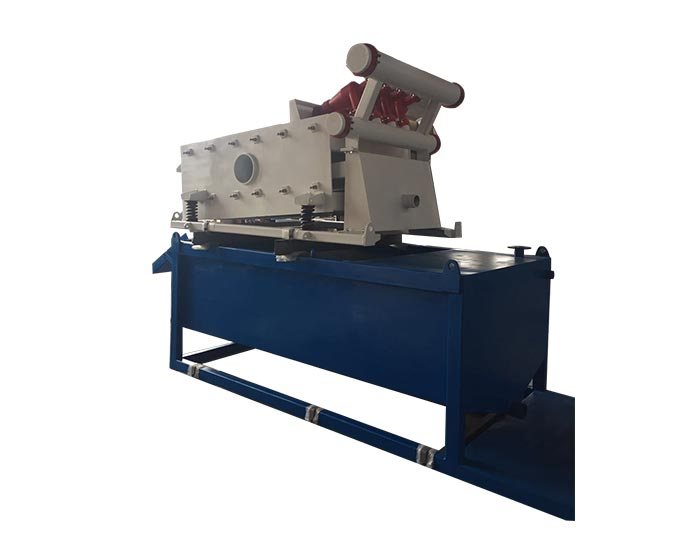Understanding the Role of Agitators in Oil and Gas Processing
In the oil and gas industry, ensuring optimal flow characteristics and efficient processing is vital. One of the key components that play a significant role in achieving this is the agitator. Agitators are widely used in various sectors, but their application in oil and gas is particularly crucial due to the unique challenges presented by hydrocarbon processing.
What is an Agitator?
An agitator is a mechanical device used to stir or mix liquids, typically to ensure uniformity in composition and improve the chemical and physical properties of the mixture. In oil and gas operations, agitators facilitate the mixing of various components, including crude oil, water, chemicals, and additives. These devices help achieve the required level of homogenization, which is critical for effective processing.
Importance of Agitators in Oil and Gas
1. Enhancing Efficiency In oil and gas processing, effective mixing can significantly enhance production efficiency. Agitators improve the blending of crude oil with gelling agents or surfactants, leading to better flow characteristics and reducing viscosity. This is particularly important in the transportation and extraction stages, where thick or viscous fluids can hinder operations.
2. Facilitating Chemical Reactions Many chemical reactions in oil refining or gas treatment require proper agitation for optimal results. For instance, in hydrocracking and catalytic cracking processes, well-mixed feedstock is essential to ensure consistent reaction rates and product yields. Agitators help maintain the necessary catalyst suspension and enhance contact between reactants.
3. Preventing Sedimentation In storage tanks and processing units, solid particles can precipitate and settle at the bottom if left undisturbed. Agitators are employed to prevent sedimentation, keeping the mixture homogeneous and preventing blockages in pipelines or processes downstream.
agitator oil and gas
4. Microbial Control In water treatment processes associated with oil production, microbial growth can lead to the formation of biofilms and produce hydrogen sulfide (H2S), which is corrosive and harmful. Agitators help to prevent the stagnation of water, thus controlling microbial growth and maintaining water quality.
Types of Agitators Used in Oil and Gas
In the oil and gas sector, several types of agitators are utilized depending on the specific application. These include
- Mechanical Agitators These are the most common types, which use a motor-driven shaft to create movement in the liquid. They offer flexibility in design, allowing for customized impeller types suitable for different fluids.
- Jet Mixers Jet mixers utilize high-velocity liquid jets to mix fluids. They are particularly effective for applications involving large volumes of liquid and are often used in tanks.
- Magnetic Agitators These are useful in smaller operations or laboratory settings where precise control over mixing is required, without the risk of contamination from mechanical parts.
Conclusion
Agitators play an integral role in the oil and gas industry by ensuring efficient mixing and processing of fluids. Their importance cannot be overstated, as they contribute to the overall efficiency, safety, and effectiveness of operations. As the industry continues to evolve and face new challenges, the design and application of agitators will also advance, fostering further innovation and improvement in oil and gas processing technologies. Embracing these advancements will ensure that the industry remains productive and responsive to market demands.
 Linear Motion Shale Shaker In Drilling Rig
Linear Motion Shale Shaker In Drilling Rig  Oilfield Mud Cleaner
Oilfield Mud Cleaner  Drilling Fluid Decanter Centrifuge
Drilling Fluid Decanter Centrifuge  Drilling Mud Desander
Drilling Mud Desander  Hydrocyclone Desilter
Hydrocyclone Desilter  Centrifugal Pump/Centrifugal Mud Pump
Centrifugal Pump/Centrifugal Mud Pump  Shear Pump
Shear Pump  Jet Mud Mixer
Jet Mud Mixer  Horizontal Mud Agitator
Horizontal Mud Agitator  Constant Pressure Drilling Fluid Mud Gas Separator
Constant Pressure Drilling Fluid Mud Gas Separator  Mud Gun
Mud Gun  Mud Tank
Mud Tank  Solids Control System Vacuum Degasser
Solids Control System Vacuum Degasser  Flare Ignition Device
Flare Ignition Device  Diesel Tank
Diesel Tank  Submersible Slurry Pump
Submersible Slurry Pump 






































